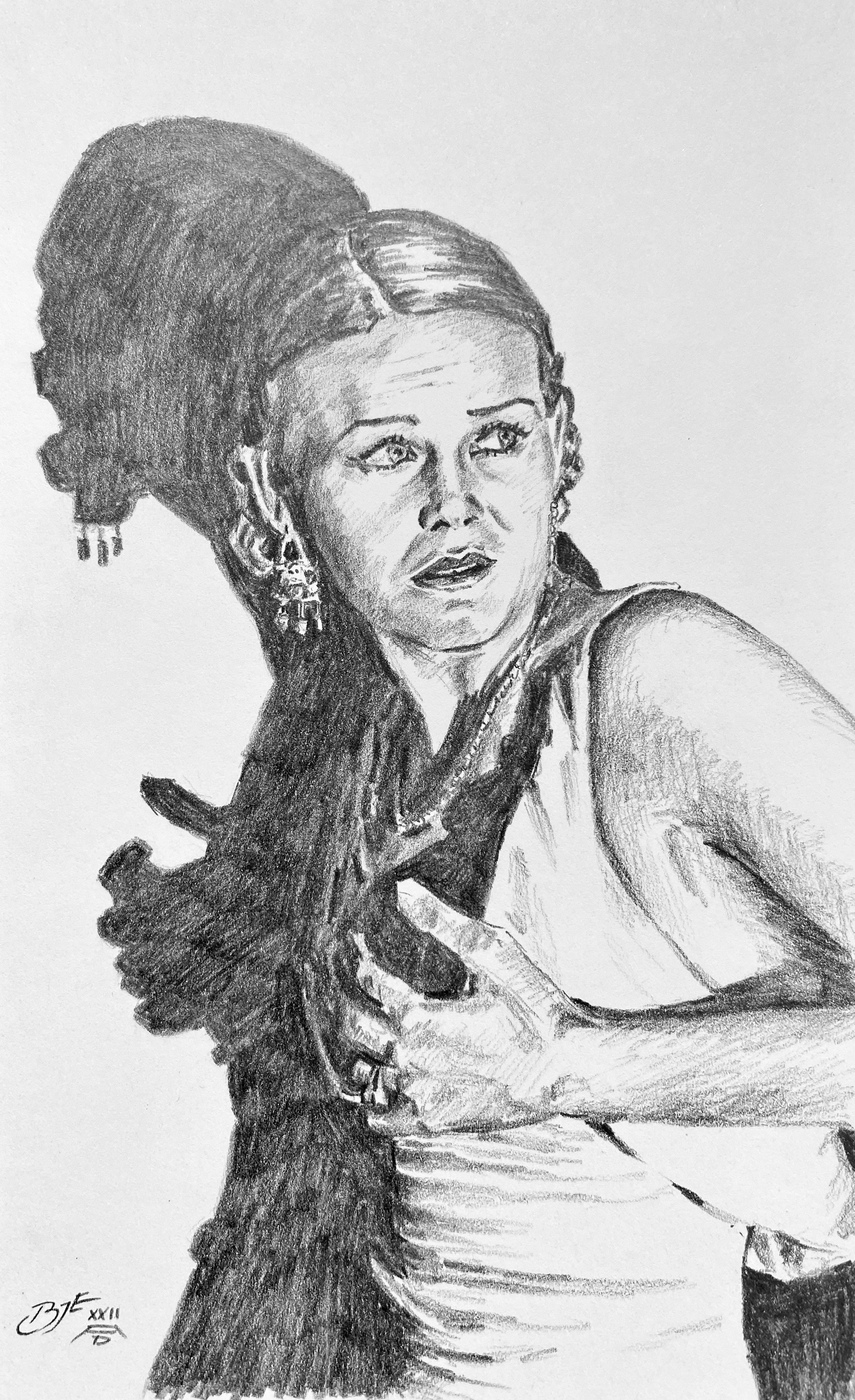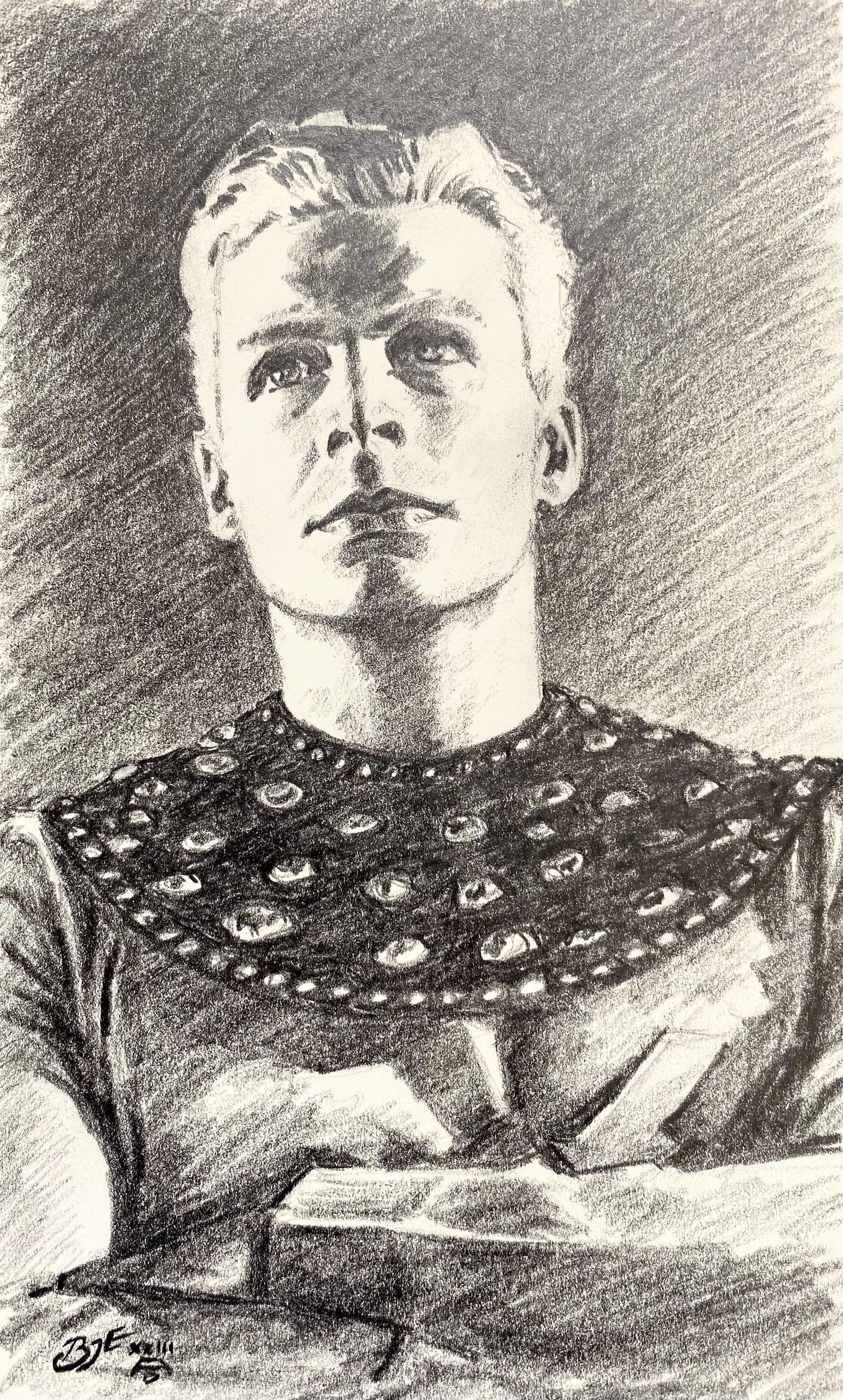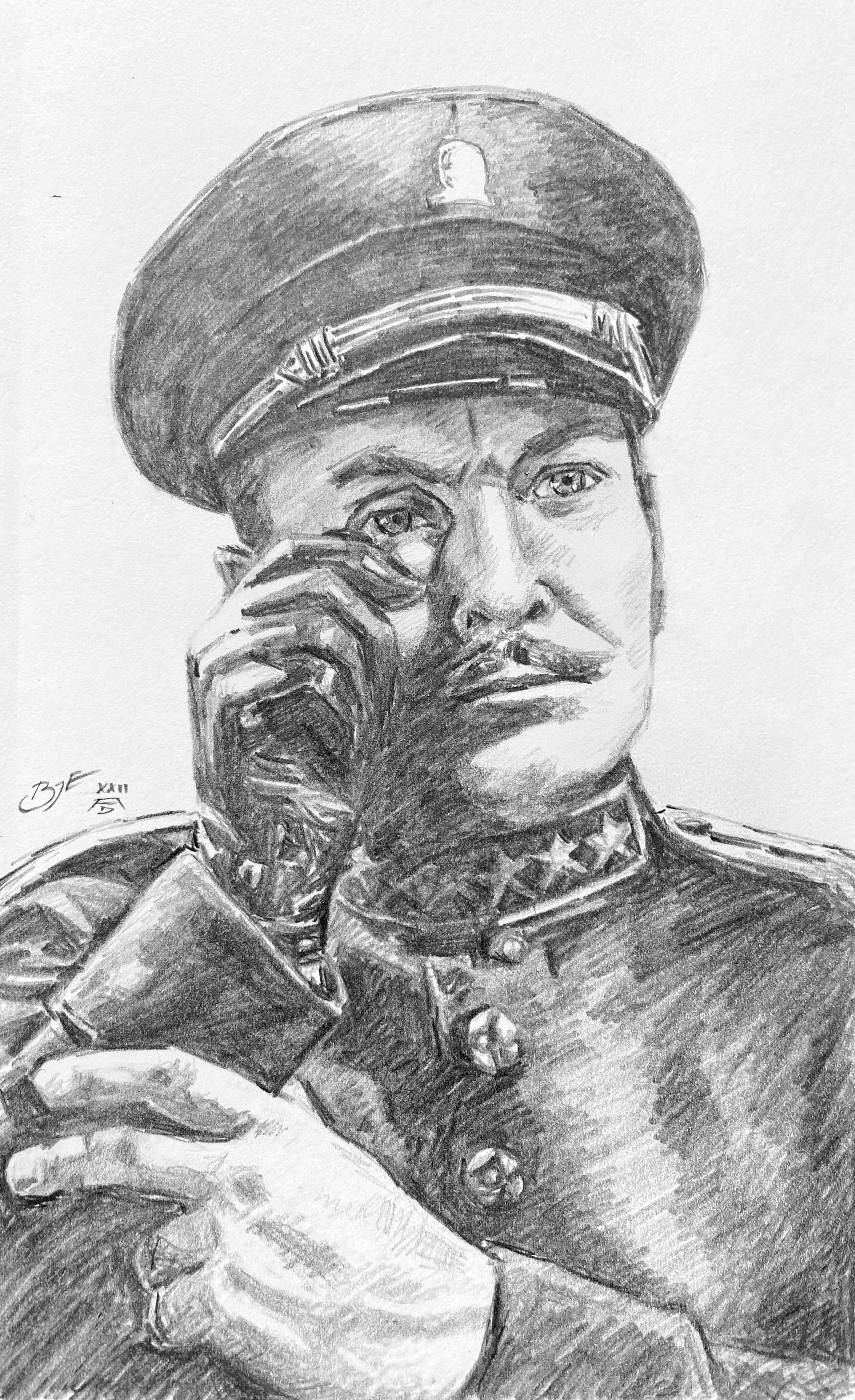Bride of Frankenstein (1935)

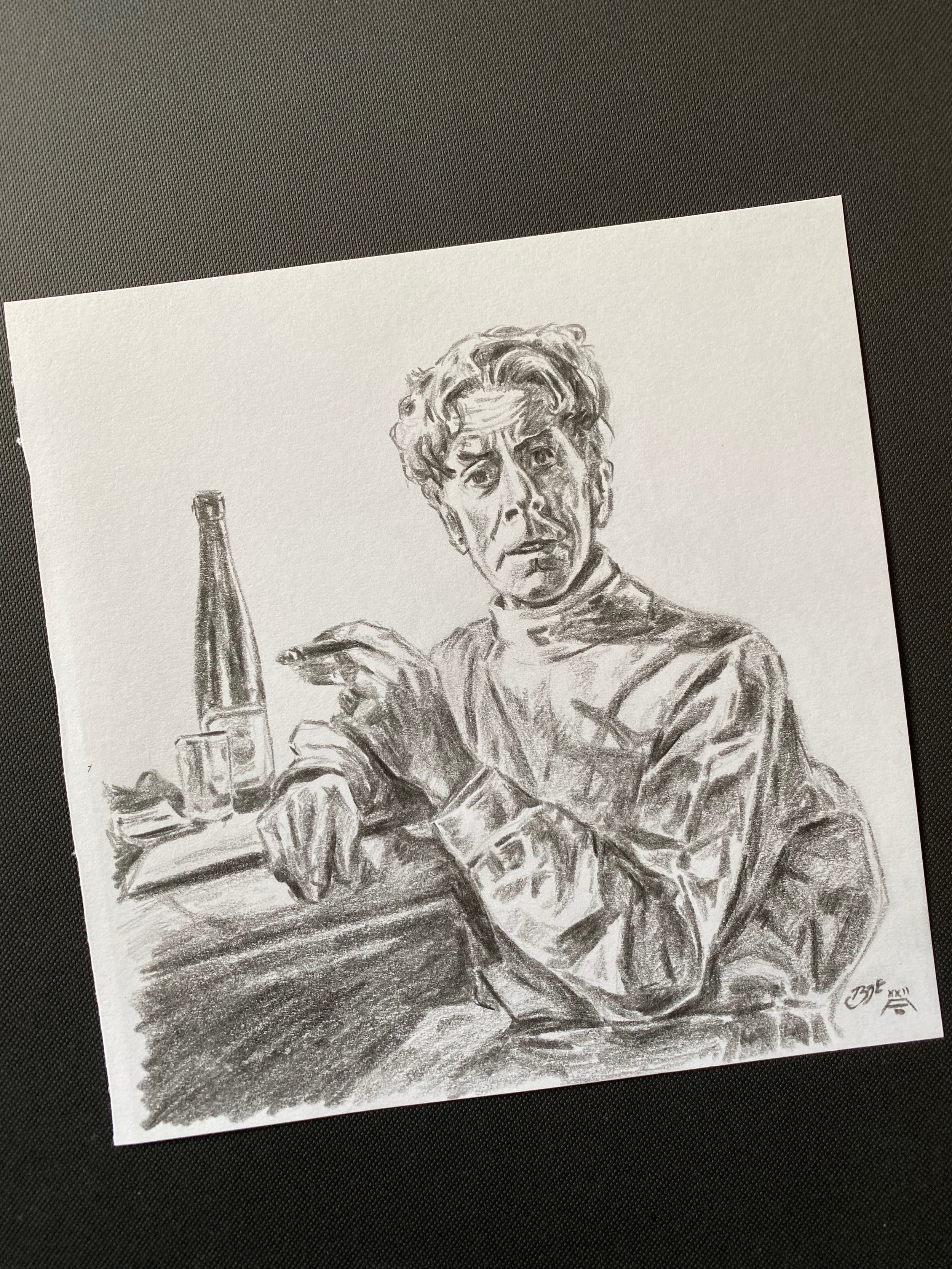
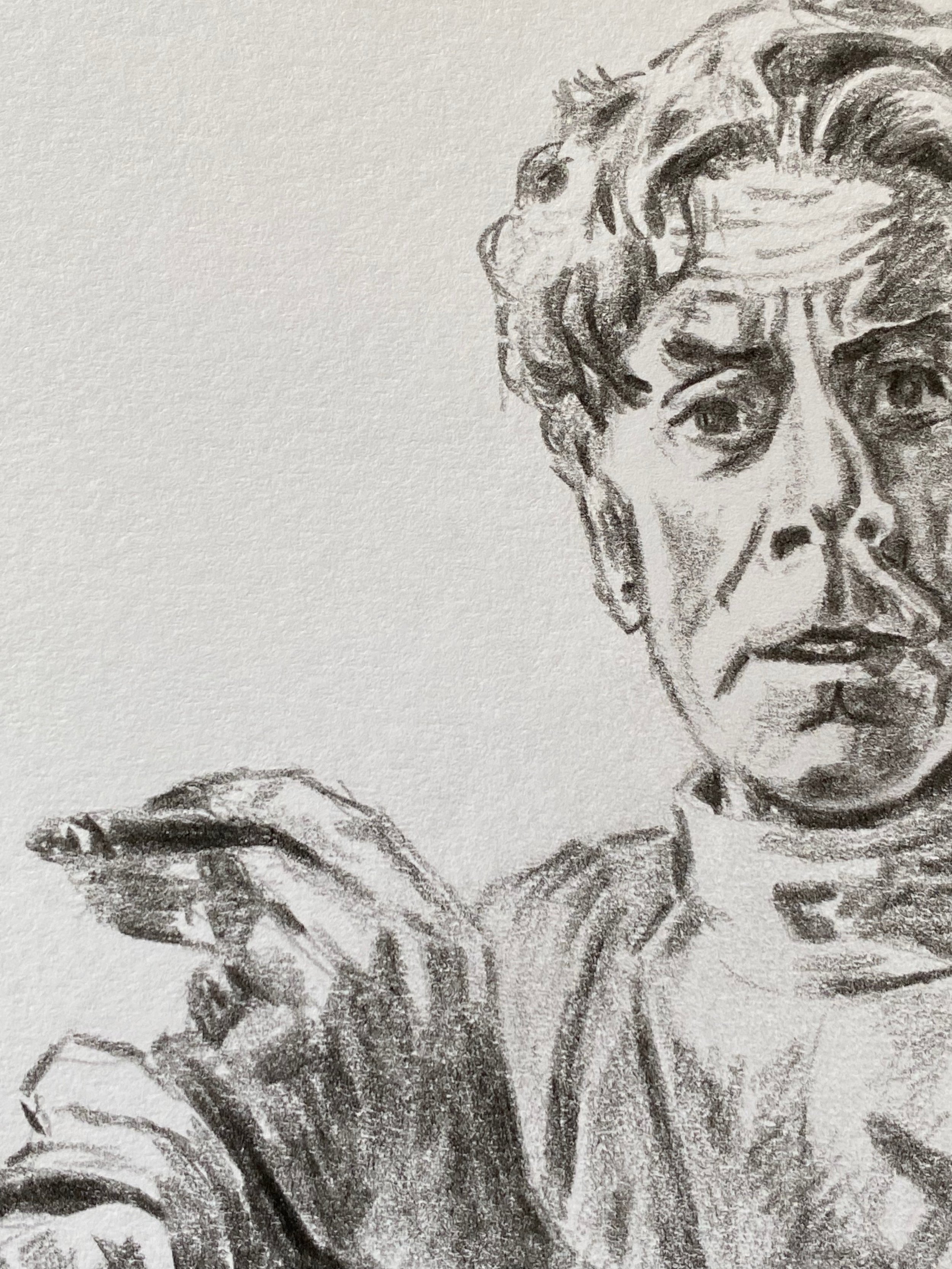



Bride of Frankenstein (1935)
Dr Pretorius in Bride of Frankenstein (1935)
Ernest Thesiger (1879-1961) was a British actor who enjoyed a distinguished career in Hollywood. As a young man he trained at the Slade School of Fine Art and achieved some distinction as a painter. During the First World War he was invalided home from the Western Front after his hands were badly wounded in an explosion. Asked later about his experiences in the trenches, he is said to have replied, ‘My dear, the noise! And the people!’ During his convalescence he took up needlework, which he went on to champion as a recuperative pursuit for wounded soldiers, later writing a book called Adventures in Embroidery. As his acting career blossomed, his circle of friends included the playwrights Somerset Maugham, Noël Coward and George Bernard Shaw, who wrote the role of the Dauphin in Saint Joan especially for him. Thesiger’s arrival in Hollywood came at the behest of the British director James Whale, who invited him to appear in The Old Dark House (1932), a Boris Karloff vehicle which also saw Charles Laughton’s Hollywood debut. Thesiger’s delicious performance as the effete Horace Femm launched his American career, and not long afterwards came the signature role of Dr Pretorius in Whale’s classic Bride of Frankenstein (1935), which gave Thesiger one of the most famous lines in horror cinema as he proposes a toast ‘To a new world of gods and monsters!’ His later credits include Laurence Olivier’s Henry V (1944), The Winslow Boy (1948), and the formidable captain of industry Sir John in the classic Ealing Comedy The Man in the White Suit (1951). Like many queer actors of his generation, Thesiger was married - in this case to the sister of his close friend and fellow Slade graduate, the artist and aesthete William Ranken, who is said to have responded to the news of the engagement by shaving his head.
Other films include: The Ghoul (1933), The Man Who Could Work Miracles (1936), Caesar and Cleopatra (1945) Scrooge (1951), The Robe (1953)
Framed Dimensions: 290mm x 290mm (Unframed: 190mm x 190mm)
Pencil on 150gsm Daler-Rowney drawing paper
Glazed, mounted and framed
Supplied with signed letter of authenticity from Barnaby.
Please note, this is the original artwork by Barnaby. It is unique and not a reproduction.
